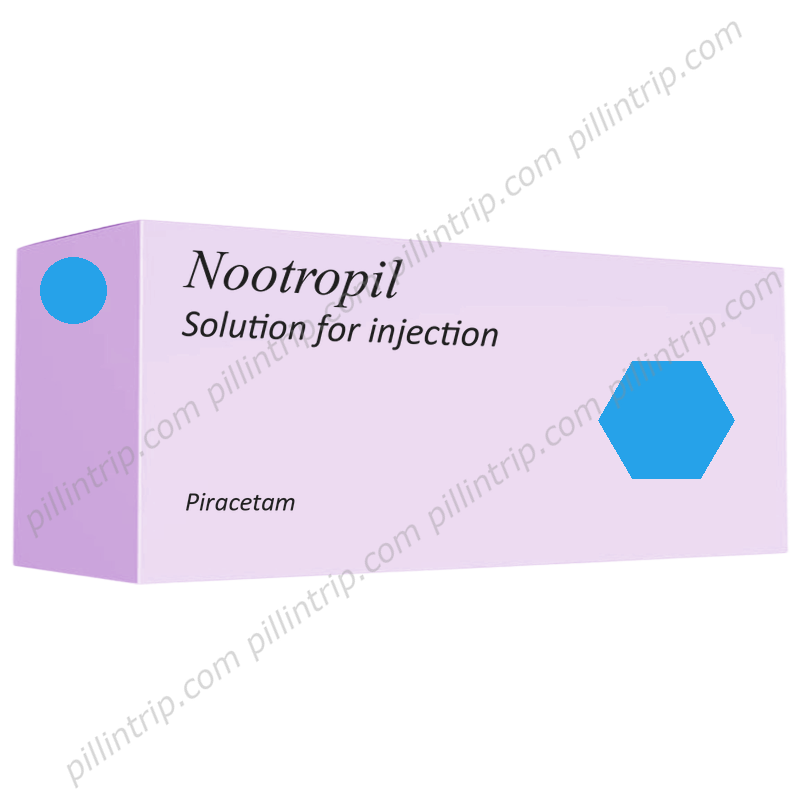Nootropil
Quick links to important sections
Medically reviewed
Last updated on 10/9/2025
This page provides general, reference-level information compiled from official medical sources. It is not a substitute for professional medical advice, diagnosis, or treatment. For decisions about your health, please consult a qualified healthcare professional.
Overview of Nootropil
What side effects are possible with Nootropil?
Overdose and Emergency Response
Therapeutic Uses of Nootropil
Eligibility and Restrictions for Use
What should I know about interactions with other medicines?
Mechanism of Action
Dosage and Administration Information
Recent Clinical Evidence
Frequently Asked Questions (FAQ)
How should Nootropil be stored and disposed of?
Attention! Always consult to a doctor or pharmacist before using pills or medicines.
Equivalent of Nootropil found in:
